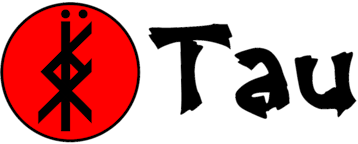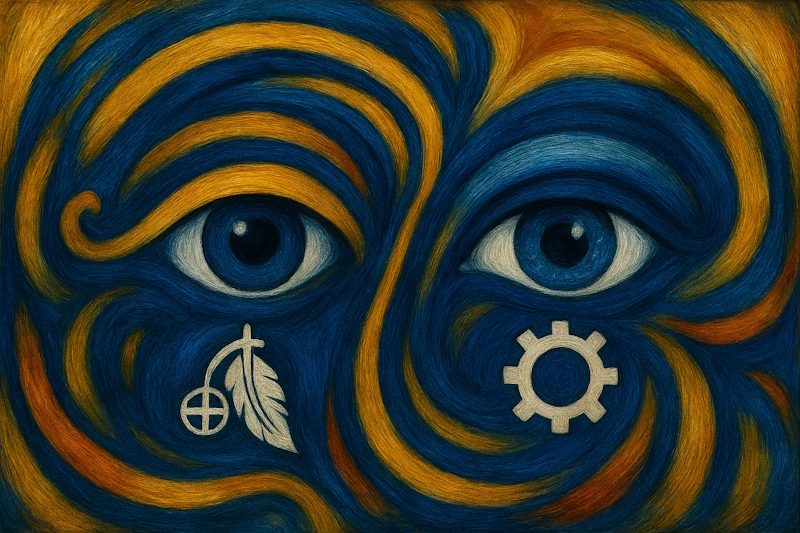Training in Thinking Skills: Vernacular Pattern Languages for Transformational Thinking
Tau Wellness introduces a groundbreaking approach to cognitive development and team thinking skills through Vernacular Pattern Languages—a community-rooted framework designed to foster systemic transformation. This training is not just about acquiring knowledge; it’s about cultivating the capacity to think in ways that are collaborative, creative, critical, and culturally grounded.
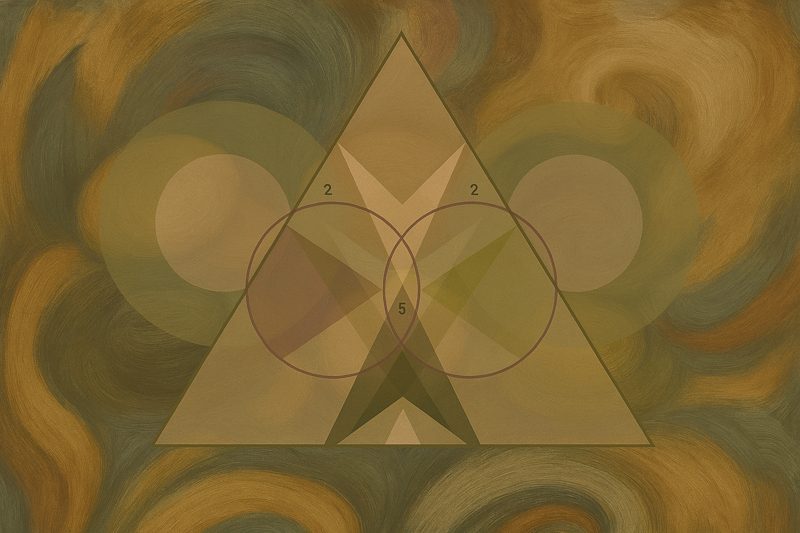

🌟
Core Components of the Training
Inspired by the pioneering work of Christopher Alexander, Edward de Bono, Carl Jung, and Indigenous Elder Albert Marshall, this program equips learners with tools to navigate complexity, design meaningful interventions, and lead with insight and integrity.
Participants learn to recognize recurring challenges within their communities and co-create solutions using lived experience and collective wisdom. This method encourages the emergence of organic, context-sensitive strategies that reflect the values and needs of those involved.
Who Is This Training For?
Wellness Practitioners
Seeking to deepen their facilitation, coaching, and community engagement skills.
Community Leaders
Designing grassroots health and wellness initiatives that reflect local realities and aspirations.
Educators & Students
Exploring systems thinking, cultural humility, and transformative learning methodologies.
Tau Wellness invites you to join a learning journey that is as intellectually rigorous as it is spiritually grounded. Whether you're working in health, education, or community development, this training offers a rich toolkit for navigating change with clarity, compassion, and creativity.
Learn more or register at: https://tauwellness.com/events-wellness-support
Transform Your Team's Worldview
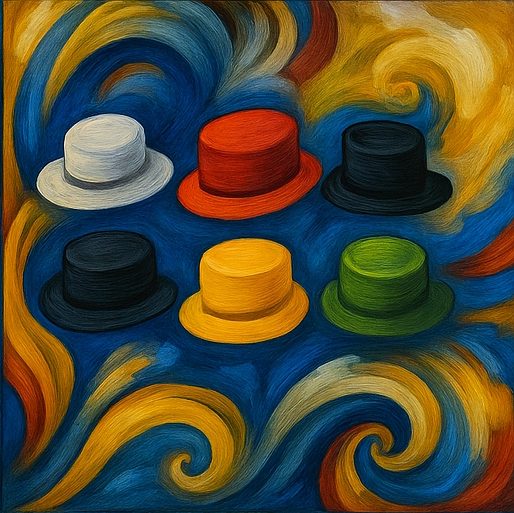
Six Thinking Hats
Six Thinking Hats is a method of parallel thinking that encourages individuals to explore problems from multiple perspectives, because “we may have a perfectly adequate way of doing something, but that does not mean there cannot be a better way” - Edward de Bono
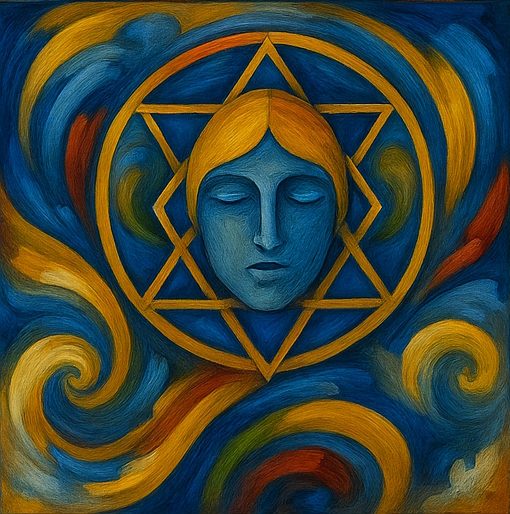
Collective Unconscious
"The collective unconscious is a universal psychic system shared by all humans, containing archetypes and inherited patterns. The collective unconscious contains the whole spiritual heritage of mankind’s evolution, born anew in the brain structure of every individual.” - Carl Jung
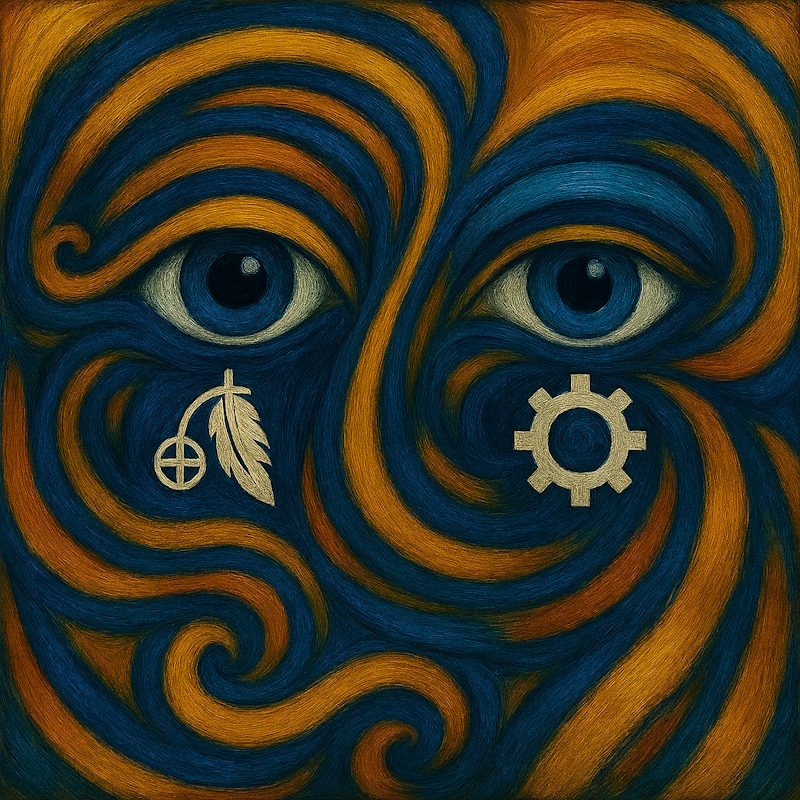
Two-Eyed Seeing
Etuaptmumk - Two-Eyed Seeing is learning to see from one eye with the strengths of Indigenous knowledges and ways of knowing, and from the other eye with the strengths of Western knowledges and ways of knowing ... and learning to use both these eyes together, for the benefit of all. - Mi'kmaw Elder Albert Marshall
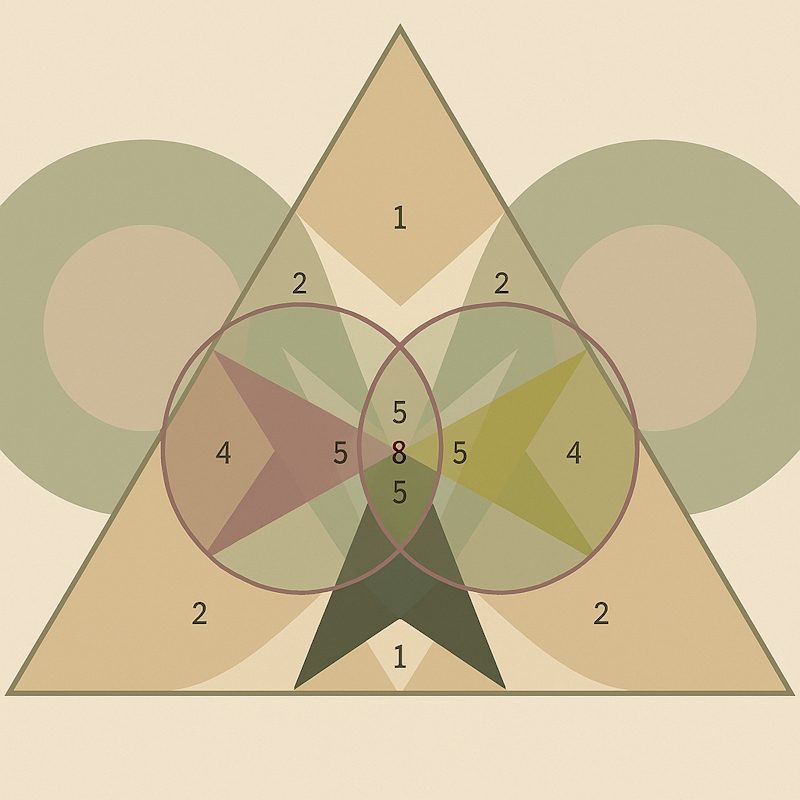
Pattern Languages
"When you build a thing you cannot merely build that thing in isolation, but must also repair the world around it… so that the larger world at that one place becomes more coherent, and more whole” — Christopher Alexander
